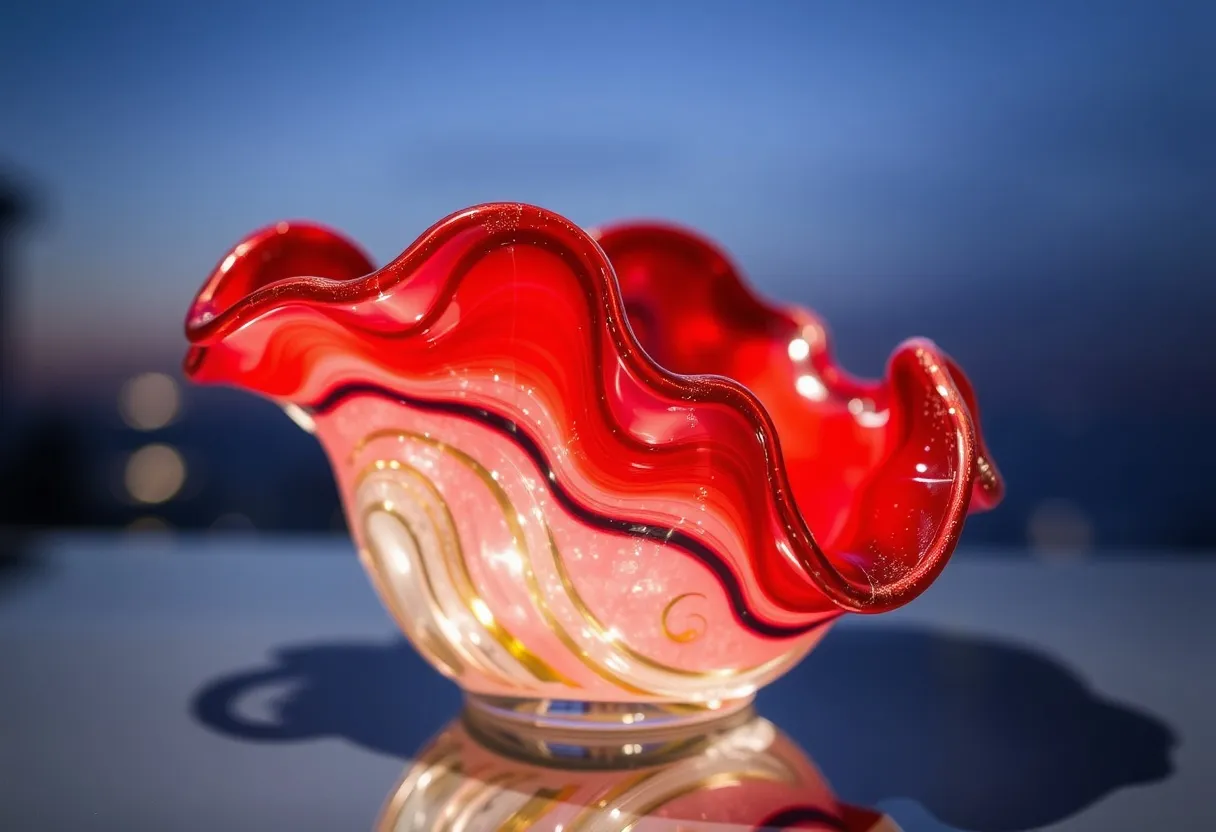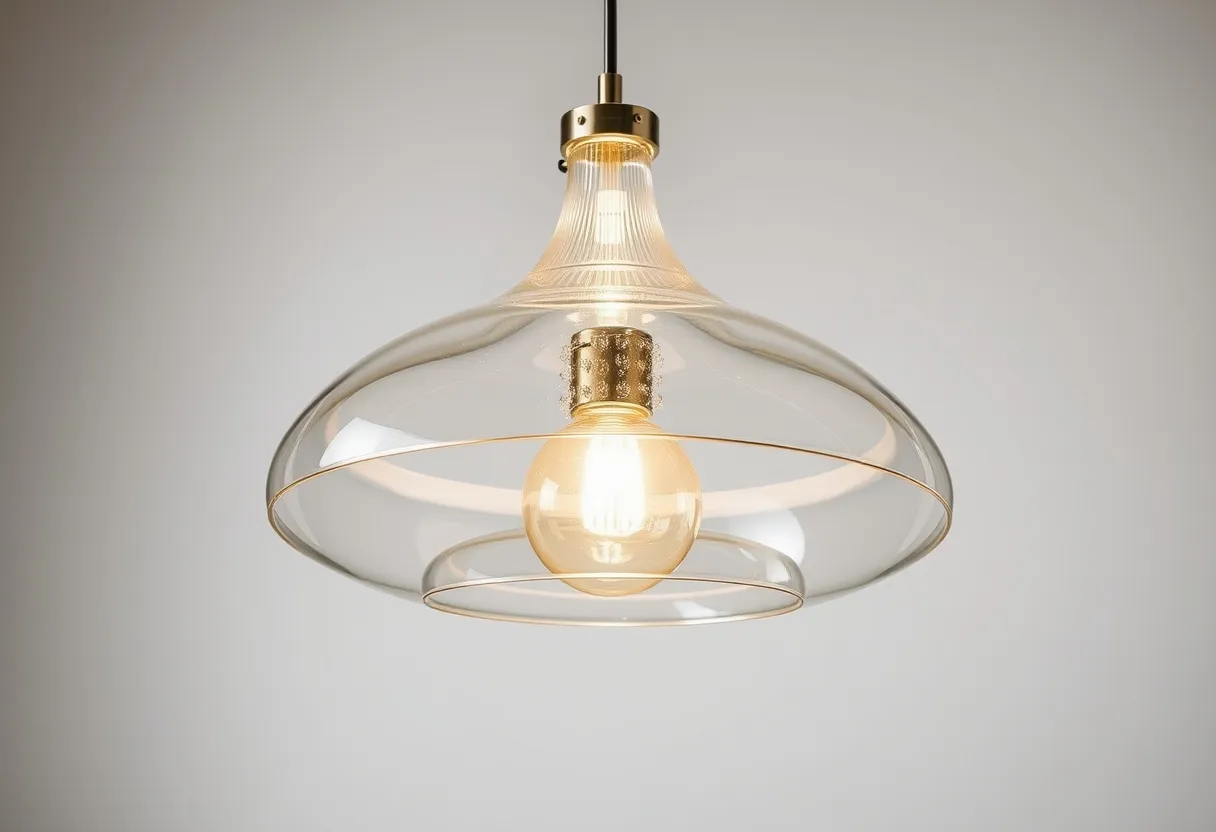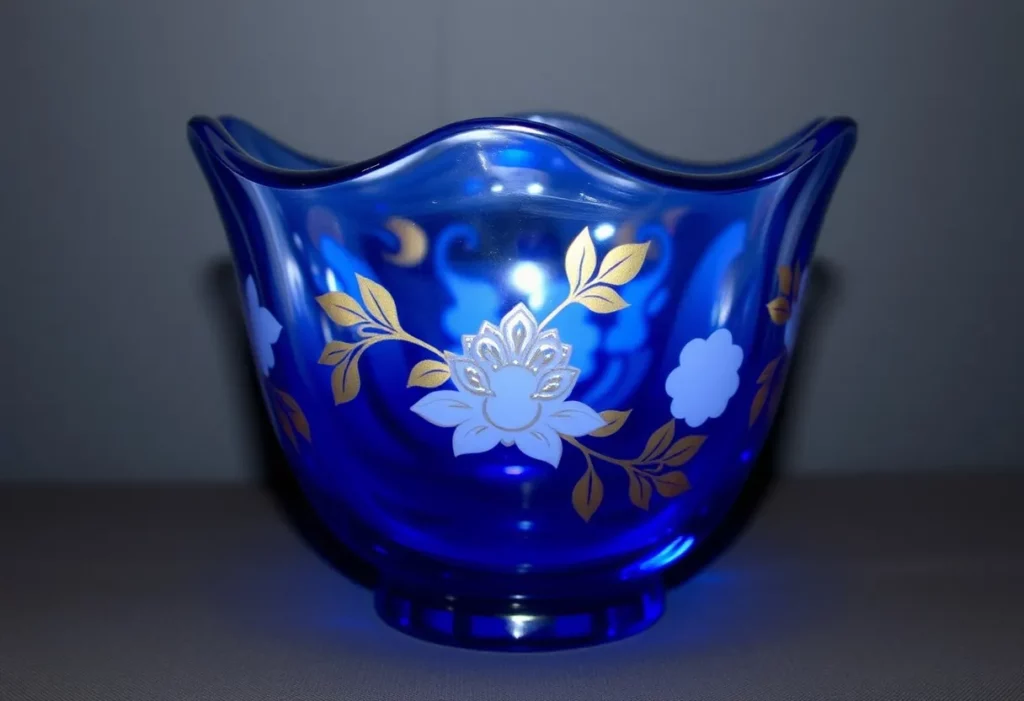> Blogs > A Brief History of Glassblowing – How an Ancient Craft Still Shapes Modern Design Today
A Brief History of Glassblowing – How an Ancient Craft Still Shapes Modern Design Today
Core Keywords:history of glassblowing
Origins: Ancient Beginnings in the First Century BCE
The earliest evidence of glass dates back to Mesopotamia and Egypt around 2500 BCE, but true glassblowing—using a hollow pipe to inflate molten glass—emerged around the 1st century BCE in the regions of Syria and Phenicia. This innovation revolutionized glassmaking, allowing artisans to produce vessels faster, more uniformly, and with greater artistic variation than ever before.

These early glassblowers worked with rudimentary tools, yet their creations—often used for storing oils, perfumes, and wines—displayed remarkable beauty. The widespread adoption of the technique quickly followed, especially under the Roman Empire, which played a pivotal role in spreading glassblowing across Europe and North Africa.
The Middle Ages: Preservation and Refinement

During the medieval period, Islamic empires, particularly those in Persia and Egypt, became hubs of glassmaking innovation. Decorative techniques such as enamel painting, gold overlay, and mold shaping added richness and complexity to the aesthetic vocabulary of glass.
Meanwhile, in Venice, particularly on the island of Murano, the tradition of glassblowing reached new heights during the 13th century. Venetian glassmakers developed cristallo, a nearly colorless and highly transparent glass that became synonymous with luxury. Murano remains a beacon of glass artistry to this day.
The Renaissance to Industrial Era: Expanding Horizons
The Renaissance reignited fascination with ancient styles and time-honored techniques. Glass became not only a utilitarian material but a medium of artistic and scientific experimentation. With the invention of the glass mirror and advancements in optical lenses, glassblowing directly contributed to developments in navigation, astronomy, and medicine.
The Industrial Revolution in the 18th and 19th centuries introduced mechanized glass production, leading to mass-market items. While this posed challenges for traditional artisans, it also highlighted the uniqueness and value of hand-blown glass in a rapidly industrializing world.
Modern Day: Revivals and New Expressions

Why the History of Glassblowing Matters Today
Understanding the history of glassblowing deepens our appreciation of the labor, skill, and heritage behind each unique piece. It also connects modern consumers with a lineage of human creativity that spans continents and centuries. Whether you’re an interior designer, art collector, or simply a lover of handcrafted beauty, knowing this history adds meaning to every hand-blown glass object you encounter.
Conclusion
The journey of glassblowing is far from over. As technology evolves and artistic boundaries continue to expand, this age-old craft remains as dynamic as ever. From its ancient Syrian roots to its role in cutting-edge design, the history of glassblowing reminds us that great artistry is born not just from fire, but from imagination.
Explore Hand-Blown Excellence Today
If the legacy of glassblowing inspires you, why not bring a piece of that history into your space? At SHD Crystal, we honor centuries of craftsmanship by offering bespoke, hand-blown crystal tableware and décor pieces crafted by skilled artisans.

💎Contact SHD Crystal
- : No. 68 Shasong Road, Shajing Street, Bao'an District, Shenzhen, Guangdong Province
- : +86-755-2335 8353
- : info@shdcrystal.com
Follow us